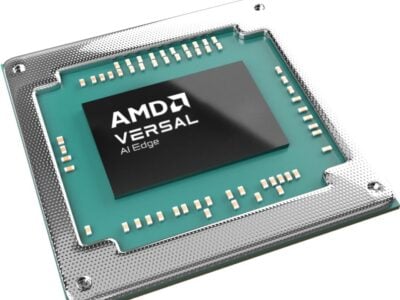
Study: Value share of electronics in the car increasing rapidly
The driving factors for the computerization of the car are autonomous driving, comprehensive connectivity and the electric drive train. As a result of this transition, the importance of electronic components and software in vehicles is steadily increasing – with drastic changes for the entire industry. This is the key finding of Roland Berger’s study “Computer on Wheels / Disruption in Automotive Electronics and Semiconductors”.
The processes and information flows in cars are increasingly controlled by software. Its growing importance will have a massive impact on the entire vehicle value chain, says the study’s co-author Falk Meissner.
The study assumes that the cost share of electronic components in relation to the total value of the car will grow from currently around 16 % to around 35 % by 2025. The financial outlay for electronic modules in a premium vehicle with a classic combustion engine is currently around $3,000. In the case of the “computer on wheels” – a semi-autonomous, electrified car – this figure will exceed $7,000 per vehicle by 2025.
About a quarter of the costs can be attributed to digitalization. However, more than half of the increase will result from the electrification of the powertrain. This makes electromobility the central cost driver.
In autonomous driving, the additional funds required for automotive electronics ($925) are largely accounted for by computing power and sensor technology. “Autonomous driving requires not only a shift from human decision making to artificial intelligence, from memory to map and from the senses to sensors, but also investment in the technologies required for this,” says Meissner. About half of the cost increase must be spent on cameras, lidar, radar and ultrasound sensors. The rest flows into the AI-controlled central processing unit, which receives and analyses all sensor data and determines the vehicle’s actions.
The industry has already responded to this development in part: For example, car manufacturers are entering into partnerships with competitors and forming consortia with semiconductor specialists. “Very few companies will be able to map the entire electronics and software supply chain on their own and bear the corresponding investments,” comments Meissner.
Before companies take such steps, they should first redefine their position in the value chain. “Only then can manufacturers and suppliers decide which know-how in the fields of electronics, semiconductors and software they need to build up and which cooperations will bring advantages,” says Meissner.
The study can be found here: https://www.rolandberger.com/en/Publications/The-car-will-become-a-computer-on-wheels.html
Related articles
Software-defined car takes shape
Qualcomm mounts attack on ADAS compute platform market
 If you enjoyed this article, you will like the following ones: don't miss them by subscribing to :
eeNews on Google News
If you enjoyed this article, you will like the following ones: don't miss them by subscribing to :
eeNews on Google News



